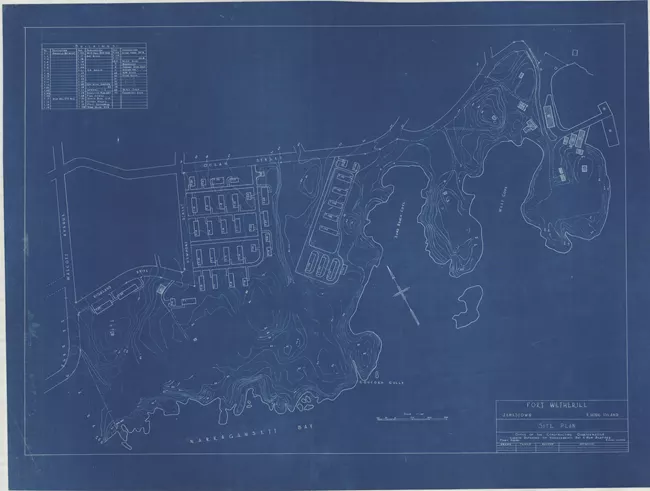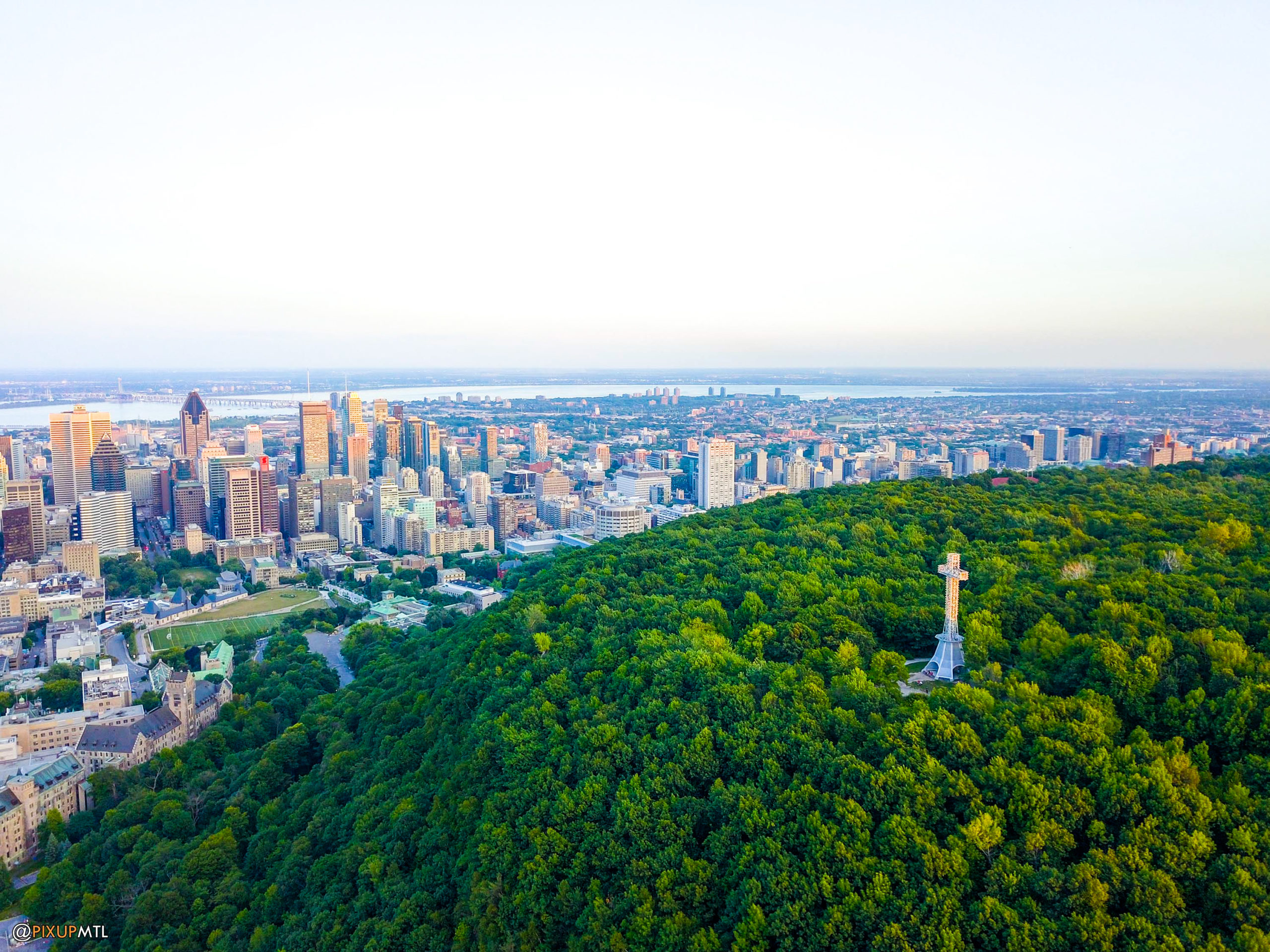
The vast majority of Olmsted projects can be grouped by type. However, a few outstanding projects remain (numbered as such by the Olmsted firm) that defy any sort of thematic categorization. Given the diversity of the work that the firm and individual members of the firm engaged in, it is not surprising to find project files that do not relate to specific physical landscape design jobs, but rather to more conceptual and less clearly defined work. For example, committee work or membership organizations associated with individual firm members were given project numbers, such as the Save the Redwoods League in Berkeley, California, and the New England Committee on Dutch Elm Disease in Boston. Additionally, project numbers were also assigned to administrative files as a means of tracking correspondence, as in the case of Carpenter Shop, Olmsted Brothers, (location not specified) and Financial Records/Olmsted Brothers in Brookline, Massachusetts. Or a Miscellaneous designation may be assigned because a determination has not been made as to the nature of the firm’s work for a given project, as with Wilkinson and Wilkinson, of Knoxville, Tennessee, or because the project confounds simple categorization, such as Plimoth Plantation in Plymouth, Massachusetts. The job number for the Fine Arts Commission, Washington, D.C., includes work for a wide variety of projects of different types in a number of locations. For this reason, it, too, has been included in the Miscellaneous category. As with many true project-related job numbers, sometimes no records exist for a particular Miscellaneous project, beyond a notation in one of the firm’s numerous project lists, making the contents of a particular project all the more inscrutable. Fortunately, these projects are fairly few









